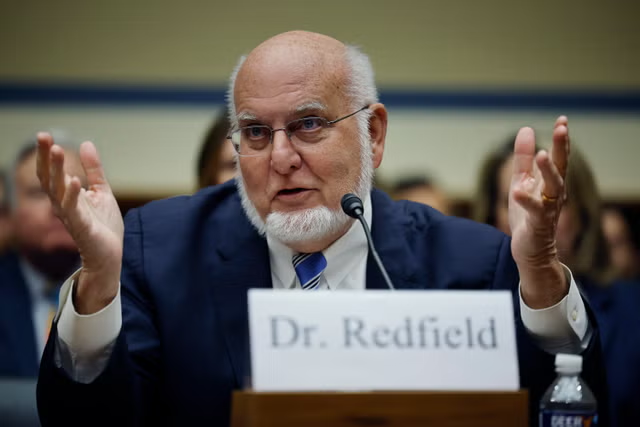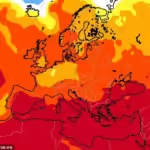Robert Redfield, former director of the US Centers for Disease Control and Prevention (CDC), has issued a stark warning about the potential for the next global pandemic to arise from bird flu.

In a recent interview with NewsNation, Redfield highlighted concerns following the World Health Organization’s report of the first human death from bird flu in Mexico and the presence of the virus in US cattle. He emphasized that the question is not if, but when, such a pandemic will occur.
Higher Mortality Rate Feared
Redfield expressed fears that a bird flu pandemic could have a much higher mortality rate compared to Covid-19, estimating it to be between 25% and 50%. This contrasts sharply with Covid-19’s mortality rate of 0.6%.
According to a report by The Hill, the CDC confirmed three cases of bird flu in farmworkers in late May. These cases, characterized by symptoms like cough and pink eye, are currently not spreading between humans.
Potential for Human Transmission
Researchers have identified key mutations necessary for bird flu to gain the ability to infect humans directly. Redfield cautioned that once these mutations occur, similar to how Covid-19 spread, a pandemic could rapidly ensue.
Ongoing Surveillance and Concerns
Redfield underscored ongoing CDC surveillance efforts, particularly around cattle populations where the virus has been detected. While current risk to the public remains low, more than 40 cattle herds have been affected.
Laboratory Risks and Preparedness
Highlighting a potentially contentious issue, Redfield pointed out that the blueprint for making bird flu highly infectious to humans has been available since 2012, when scientists published their research against his advice. This, he believes, poses a significant risk compared to natural evolution of the virus.
Conclusion
While the world grapples with the aftermath of Covid-19, the warnings from experts like Redfield serve as a reminder of ongoing threats from other potential pandemics. Vigilance, preparedness, and international cooperation remain critical in mitigating future risks posed by diseases like bird flu.








